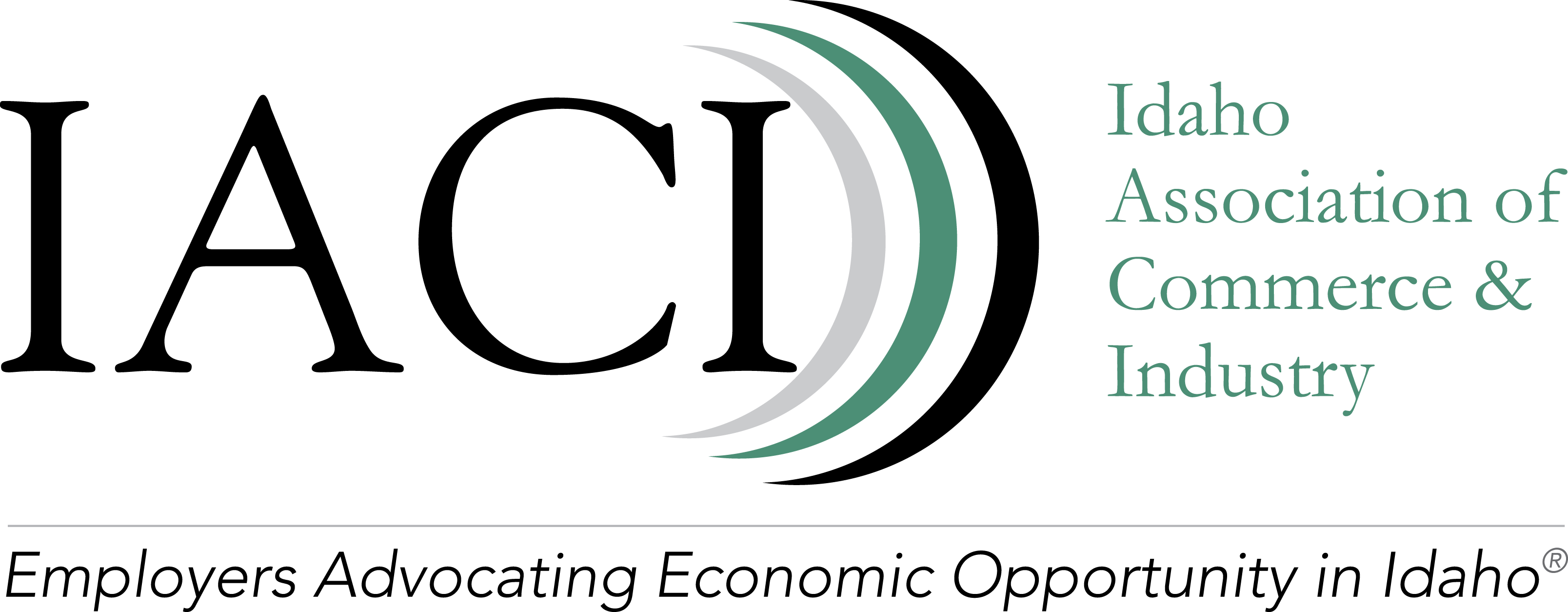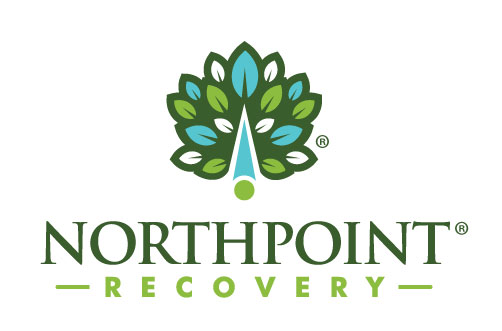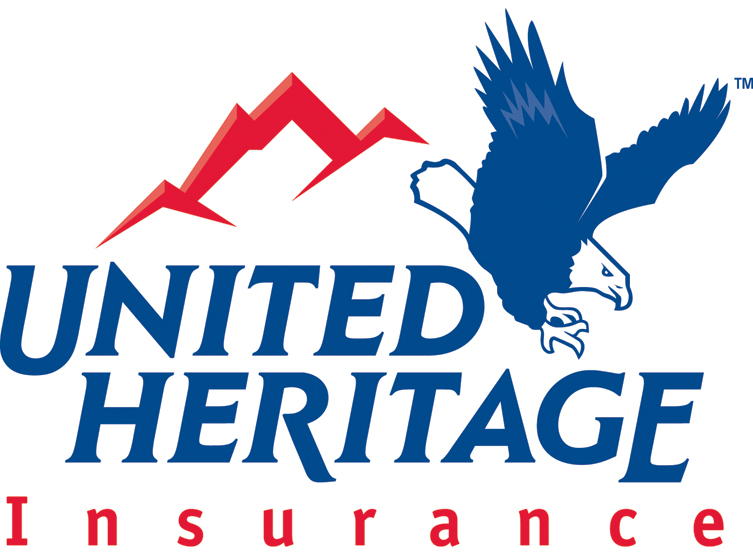A Brief History of EHCI by Jim Stark (2/27/2014)
As a member of the Employers Health Coalition of Idaho since 1985, I feel I can provide a historic view of the organization. Being—as the saying goes—older than dirt, I have been around long enough to watch the organization evolve and change, both in membership and in focus. This document, a reflection on those changes, is a personal, subjective perspective that will attempt to describe the tone or culture of the group over time. I will not attempt to provide an accurate, detailed summary of the activities and membership. Those details may be available through collected minutes, but during the earlier years, our meetings were rather casual, lacking some of the typical formal organizational documents, so finding specifics could be a challenge. Also, the culture of a group, as defined by its membership and the priorities and goals of the membership, is potentially more important than historic details because it indicates the group’s mission. That mission has not significantly changed in the last thirty years.
In the early to mid-1980s we began what would be a multi-decade long stretch of double digit medical cost inflation. The standard at that time, at least for the larger organizations, was to provide full health insurance coverage for employees and their families. Several of us in administrative positions in those companies were struggling to maintain comprehensive benefits. As part of an effort to justify adding benefits staff in my company, I looked at how our insurance premiums had changed over time. I found that in twenty years the premium for an individual went from $40 to $400. This was several years ago. In addition to cost, there were regulatory changes. COBRA was new in the 1980s and HIPPA had yet to appear. Computer software automation was less sophisticated than now, and far from being standardized.
With that background, it is understandable that company leaders would want to gather to chat about their different approaches. The EHCI was created to provide a forum for discussion about benefits issues. Administrators from Albertsons, Hewlett-Packard, Intermountain Gas, Boise Cascade, Idaho Power, and other, mostly larger companies in the valley, met monthly. Blue Cross and Regence Blue Shield had a significant presence, but not a marketing presence. As a new member (EHCI had formed just two or three years before I joined), I remember thinking of the group as an “old boys club.” These were large, self-insured companies and those representing the companies were in upper management. In the conversations about health care, I noticed that there was a clear corporate, bottom-line focus. This was an indemnity, fee-for-service environment. HMOs and even PPOs were rare and Consumer Directed plans did not exist. Employees had comprehensive coverage, with less personal risk. The administrators I sat around the table with felt this needed to change and cost shifting strategies were discussed, methods to move away from an employee entitlement perspective. My perception at the time was that our focus was economic. That view came from the positional status of the members. I recall that these early meetings included doctors (e.g. a medical director), and a couple of insurance representatives, but many of the members handled budgeting decisions for their company.
While it would take a review of membership lists to confirm this, my sense of the representatives in the early years was that they were high level administrators with broad authority. As the Business Manager for the Boise School District, I had responsibility for all business functions: Data Processing, Benefits, HR, Payroll, etc. Other reps (Intermountain Gas, Alberstons, etc.) tended to be senior VPs with similar broad authority. Most were engaged in setting policy and in budgeting, not in the nuts-and-bolts aspects of implementing regulations, managing employee communication, etc. There was some talk about items like data processing platforms and their ability, or inability to handle benefit needs, but often the discussions were policy level, like changing legacy decisions about benefit coverage for retirees. While there were conversations about plan coverage, they were less specific than what I hear now. I’d guess that most representatives at that time had employees working under them who managed the details of their benefits plans.
With this type of membership, it is understandable that the meetings were economic in nature. Benefits costs, once a minor part of compensation, were having an impact on even the viability of a company. There was a pressing need to control costs. I do not recall participating in strategic planning or goal setting, but if I were to conjecture that the group’s mission was to: provide quality, affordable health care, the emphasis would definitely have been on the affordable part of the statement.
Then it seemed that, over time (maybe ten or more years since I started), the company representatives became more typically HR or Benefits managers, people responsible for: writing the employee communication pieces, meeting with individual employees, making plan coverage decisions. Our conversations became more specific. Boise Cascade, for example, had an in-house physician and the larger companies considered on-site clinics to help control increase provider costs. PPO structures were discussed. We continued the process of sharing strategies, but we also began to bring in speakers to address technical issues. We had annual meetings that were a type of health care conference, a place for Benefits managers to get content-based information related to their jobs. This content focus has continued through today.
Then, perhaps after another ten years, there was another shift in membership. While there were always EHCI members representing carriers (Blue Cross, Regence), the employer members were dominant and there was an unspoken rule against marketing (which still somewhat holds). Now, in contrast to Intermountain Gas, Micron, and HP, we had St. Al’s, St. Luke’s, and more members, who were part of the health care delivery system, not just purchasers of health care. Also, there were more shifts in who represented the companies. Doug Bullock, for example, the HR director for Blue Cross stopped attending, and Julie Taylor from Blue Cross and Tim Olson from Regence began attending. These were the public relations representatives, people fluent with the political process. Years ago there were no health care marketing representatives. There is a marketing presence now, members whose positions within their companies are to sell insurance, even though they do not engage in direct marketing at the meetings.
The membership shift was consistent with a shift in focus or purpose. We did not, thirty years ago, have an active role in state politics. Now that is a primary goal, to influence state politics. Because of the impact on our companies and our employees, this is appropriate and necessary. Also, a lot of those nut-and-bolts conversations I mentioned in earlier meetings are less necessary than our political engagement. Most of us have fiddled with and squeeze our plans in all the minor ways possible. We are now looking at major design changes, like incentive based wellness plans, consumer directed plans, narrow networks, and so forth. Looking back now at the nature of the monthly meetings: our meetings are more content based now. We have speakers addressing the Affordable Care Act, the Exchanges, tax implications, and Medicaid expansion. Having a broader mix of members helps with discussions about these complex issues. The meetings I remember from years ago were more casual, mostly without speakers. They were a chance for people with similar jobs to get together to compare notes about plan management, cost shifting strategies, or software selection. The exception was an occasional annual meeting where speakers were brought in and efforts were made to expand membership.
It is tempting to point out that EHCI has not had consistent goals or a clearly defined mission statement. A simple test of this would be to ask random members to state the mission of the organization, to describe why EHCI exists. I wonder if the answers would be consistent. In contrast, I have worked for school districts during most of my career and they have the clear goal of helping kids learn. That is true now and it was true forty years ago when I started. Just how they go about that is another issue.
I do feel that EHCI has had a consistent mission over time, even if it is not clearly articulated, or understood by all members. EHCI has gone through considerable changes in all aspects of their existence, in who the members are and in how they approach politics. Still, EHCI exists to help employers provide quality, affordable benefits for their employees. As with the schools, it is the “how-to” part, the specific goals and meeting agendas, which keep changing. While this process of constant change may create a type of cultural confusion, leading to questions about which companies and who within those companies to recruit to help keep EHCI viable, the changes permit a closer connection to the community we exist in. Community leaders are frequent guest speakers and the community acknowledges the importance of the EHCI with actions like including Fernando Veloz, our current Chair, as a member on the Idaho State Exchange Board.
Leadership has always shaped the tenor of the organization. People like Dick Knapp from Yankee Machine Shop, Cindy Anderson and Scott Carrell from Idaho Power were directly responsible for plan design and benefits management for their companies. They encouraged discussions about specifics like employee communication. Chris Pickford, from the Boise School District and Tim Olsen from Regence initiated conversations about state politics and we had representatives attend the Legislative Health Care Task Force meetings to respond to questions.
Since this is a historic perspective I will not remark much on the current leadership, except to state my appreciation for those who step up to take the responsibility of leadership. I have found that it is the personal commitment of individuals, like those on our current Executive Committee, which keep an organization viable, credible. These people often change positions within a company, or even change companies, while continuing to engage in the critical process of doing what they can to understand health care, find creative solutions to difficult problems, and to help others—especially to help others.
The history of an organization is important for several reasons. It helps simply to know they have existed for a while. I would not, for example, buy a car or a computer from a company that did not exist a year ago. Also, as with the personal history of family members or friends, history provides a sense of who the person is, or in this case, who the organization is. Past behavior is reflection of future behavior. If I am considering joining, I want to know how EHCI came to exist, what their stated values were then and what they are now. The past of an entity, why it was created and why it continued for as long as it did, will help determine if it should continue to exist.
The EHCI I remember, which may or may not be an accurate reflection of what it was, existed as a place for employer representatives to talk about the role of health care in their companies. I noted that the emphasis was the economics, the bottom-line, of the company. However, at that time fully employed individuals had comprehensive coverage, with little financial risk to those individuals. Now, with the medical inflation and the corresponding cost shifting that occurred over the last three decades, it is reasonable to ask if even our fully employed, insured employees could weather the financial impact of a significant health event. The Affordable Care Act requires minimum “essential” benefits, but allows for over six thousand dollars of out-of-pockets costs for those in qualified plan. In the school district I worked for, six thousand dollars would bankrupt half the employees.
Does EHCI need to continue to exist? Of course. Now we need to consider not only the financial stability of the companies, but the financial stability of employees who work for us. Should we abandon corporate health care and let our low income employee qualify for subsidies they would not otherwise quality for? These, and all the other health care questions, are what we will address in future meetings. Just as we have in the past, the best minds in the valley will gather together to addresses concerns like this that impact our companies, and our community.




































